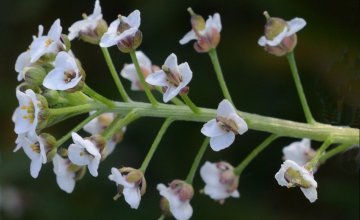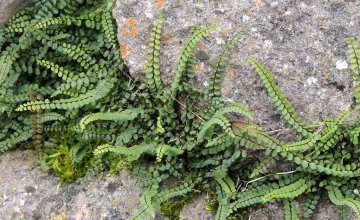Contents
How to cook and stew chard?

Given its richness in minerals, chard is a vegetable with a very good natural flavor. This means that, when cooking, you do not need to spice it too much, since one can eat it easily because of its natural flavour. Simply, a good helping of chard boiled with a teaspoon of olive oil makes for a delicious and nutritious dish.
In fact, you do not need add salt, because the greens are very rich in sodium. A good portion of boiled chard with a teaspoon of Olive oil makes a delicious and nutritious dish. This does not mean that this vegetable can not be cooked with more sophisticated techniques; it can be fried, au gratin, served in an omelette, with cheese, to the vinaigrette, etc.
In fact, we would not need to add salt, because the greens are very rich in sodium.
Chard cooking time
Be prudent in the cooking time of this vegetable, its leaves should not be boiled for a long time, so that its vitamins are not destroyed, and they do not lose its flavor, we will turn them into a worthless and completely tasteless nutritional blob. Chard cooked for too long lose all its vitamins and taste.
About 20 minutes will be enough for boiling. If we want to fry the chard with a little garlic, do it for two or three minutes in a pan with hot oil. When combined with other foods that require longer cooking, like rice or dried beans, you can start to cook those foods first and add the chard at the end of cooking.
Swiss chard, just like spinach, are vegetables that ferment very easily, so they should be prepared for the meal of the moment.
Recipes and cooking of chard stalks
The best way to eat chard

The chard stalks are harder and should be boiled twice as long as the leaves. Once boiled, they should drain well and be placed on another serving plate. They can be eaten like this, dressed with lemon juice or olive oil. They are delicious when they are covered with béchamel sauce and au gratin in the oven. If we want to cook the chard with the stalks, it is best to cook the stalks for about 20 minutes only the leaves, then add the leaves and let everything cook for about 20 minutes more.
We should never keep the chard leftovers for the next meal or keep them in the fridge. Chard, as happens with spinach, is a vegetable that ferments easily and therefore, should be prepared for the meal of the day.
Combination of chard with other ingredients
Swiss chard combines well with many foods, but they are especially interesting when combined with legumes. Legumes provide us with a high protein content, while chard supply us with a great wealth of vitamins and minerals. As it is a dish with a lot of fiber, it is recommended to cook the legumes properly and add carminative spices, like cumin, ginger or fennel, to avoid the appearance of poor digestion and the dreaded flatulence.
It is also recommended, at the same meal, to combine chard with foods rich in calcium. This is because the calcium from foods blocks the oxalates in chard, preventing them from sequestering minerals. With a little cheese, yogurt or toasted nuts, you would already be providing that necessary calcium.
Swiss chard season
Although chard can be eaten throughout the year, from a dietary point of view, the best time to eat chard is winter, since it is the time when the leaves are dark green and with a higher content in principles, especially in vitamins.
How to buy the best chard
There are many varieties of chard available throughout the season in the grocery stores and supermarkets. Chard is a cheap and healthy vegetable and should always be present in the shopping cart.
The best market chard is the most tender one. Tender chard has smooth and glossy dark green leaves, with little prominent leaf nerves.
As the plant grows, the leaves become more stilted and straight and the stalk is harder and thicker. When chard is old, its taste becomes bitter and these is too tough to eat.
How to preserve chard
If you want to keep the chard, they should be stored in a plastic bag and kept in the fridge up to two days, provided they have not been washed before and have not been chopped. The stalks can last even longer, as long as they are separated from the leaves.
The chard stalks should be smooth, either white or, in the case of colored varieties, the color should be very bright and uniform. When the plant ages, the leaves should be rejected, but the stalks can still be eaten and they will have a little more spicy taste. Some people prefer this stronger flavor and let them mature to prepare its dishes with them.
![]() More information on chard
More information on chard








